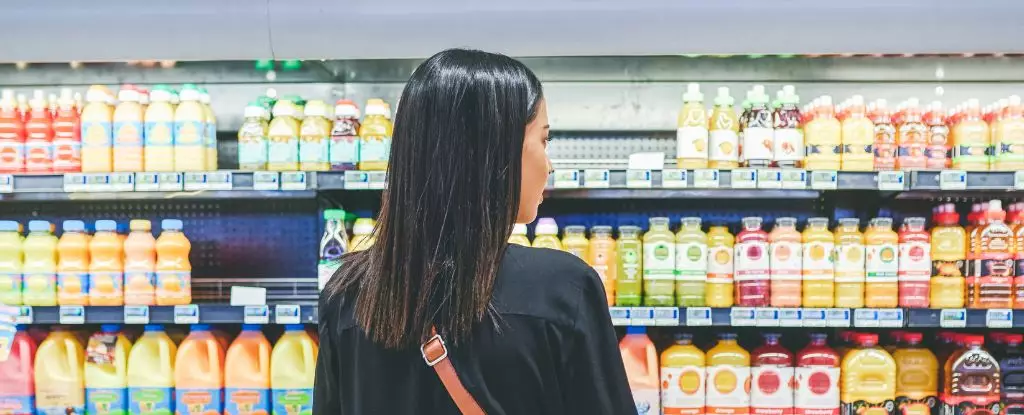Recent findings from France’s food safety agency expose a startling reality about the contents of our beverages, revealing that glass bottles may not be the pristine alternative we assumed them to be. While we often view glass as the healthier choice over plastic—presuming it to be free from harmful additives—the truth is more insidious. The study found that drinks in glass bottles, including popular options like soft drinks and beer, contain significantly higher levels of microplastics compared to their counterparts in plastic containers. This revelation upends our long-held beliefs and forces us to confront the pollution permeating our diets.
Microplastics, those minuscule fragments that permeate our environment, have infiltrated nearly every corner of our lives. From airborne particulates to the food we consume, these contaminants are accumulating within our bodies, raising rampant health concerns. Though researchers have not definitively linked microplastics to adverse health effects yet, the urgency of this emerging field cannot be ignored. The ambivalence surrounding the human body’s acceptance of these toxins only amplifies our anxiety about what lies ahead.
The Surprising Results: Glass vs. Plastic
In what can only be described as a disheartening twist, the researchers discovered an average of around 100 microplastic particles per liter in beverages contained within glass bottles. This figure is mind-bogglingly higher—up to fifty times—than the levels found in drinks held in plastic bottles or metal cans. The surprising nature of these findings can leave one questioning the very idea of glass as a “healthier” choice. Is our quest for purity working against us?
PhD student Iseline Chaib’s pivotal role in uncovering these truths cannot go unnoticed. Her analysis revealed that the microplastic particles shared identical shapes and polymer structures with the paint found on the plastic caps, showcasing that contamination likely occurs during the bottling process. The realization that small scratches—barely detectable to the human eye—could unleash these plastic particles is disconcerting. The paint, once a simplistic aesthetic detail, is now a known risk factor, underscoring the delicate nature of what we consume.
The Mixed Bag: Water and Wine’s Lower Microplastic Footprint
Interestingly, while soft drinks, lemonade, and beer have taken the spotlight for their microplastic burdens, other beverages like water and wine exhibit lower levels. The study indicates that even in glass bottles, still water contains about 4.5 particles per liter, while sparkling water comes in at 1.6. Wine, similarly, evidenced minimal microplastics—suggesting that the nature of these products may interact differently with the bottle materials. Even so, the question looms: why does there exist such a stark difference? We are left grappling with contradictions that challenge our understanding of beverage packaging fundamentally.
Questions about health impacts inevitably arise in the face of these findings. Since there are no established reference levels for toxic exposure to microplastics, estimating the associated health risks remains an intellectual dead end. Moreover, complacency is paralyzing; we might look thoughtfully at our consumption habits while simultaneously feeling helpless to change them.
Manufacturers: A Call to Action
This study has also raised an urgent call to beverage manufacturers to reassess their bottling processes. Following the study’s protocols to mitigate contamination—such as employing air-blowing and rinsing processes—could lead to a remarkable reduction in released microplastics. Yet, will the industry respond adequately? It is profoundly frustrating for consumers who pay a premium for products marketed as safe, only to discover the truth laden with microscopic dangers.
Furthermore, how many of us will heed this newfound knowledge, changing our purchasing behavior based on these unsettling findings? The onus of responsibility now falls upon both the consumers to be informed and the manufacturers to foster transparency and safety in their products. We are stuck in a cycle where desires for natural and pure products collide with the grim realities of modern manufacturing.
As we navigate this nuanced terrain, one can hope, if not fully trust, that such studies will ignite a necessary discourse leading to actionable change. The truth is, our health should never feel like a gamble, and the ambivalence towards microplastics should urge a call for vigilance—not just for today, but for the generations that follow.

